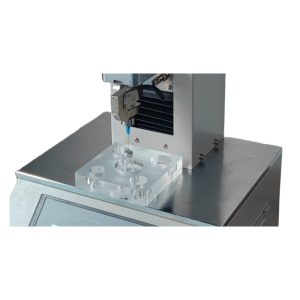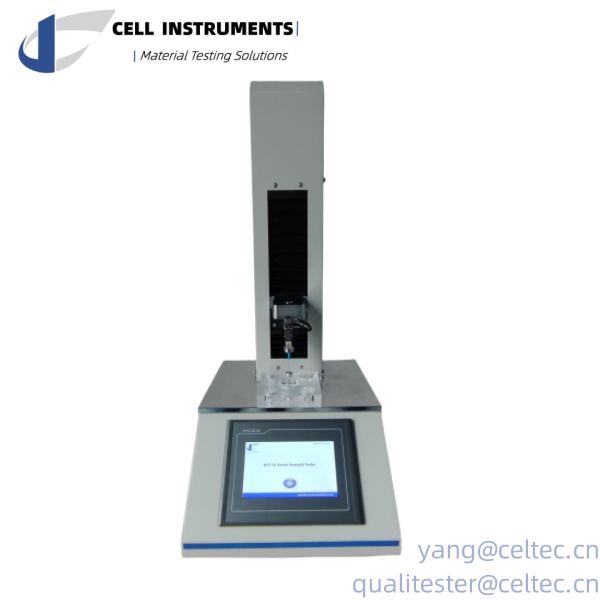What is Penetrability Testing?
ISO 8871-5 is a standard within the ISO 8871 series, which focuses on penetrability testing for the elastomeric components of injectables and pharmaceutical devices.
Introduction of ISO 8871-5 and Penetrability Testing
In the realm of pharmaceuticals, the integrity and performance of elastomeric closures are paramount. Many elastomeric closures for pharmaceutical use are used in conjunction with injection needles. The force necessary to penetrate or pierce a rubber closure is an important parameter in evaluating the suitability of the closure for its intended use. ISO 8871-5 shines a spotlight on these requirements, particularly through the penetrability testing.

The Definition of Penetrability
At the heart of ISO 8871-5’s guidance is the parameter of penetrability—defined succinctly as the force required to pierce an elastomeric closure. This definition underpins the standard’s approach to ensuring that closures used in pharmaceutical applications meet the essential performance criteria necessary for their intended use.
The Significance of Measuring Penetration Force
The penetrative force is more than a mere number; it is a critical indicator of the stoppers’ suitability for medical and pharmaceutical use. It informs manufacturers and end-users about the compatibility of elastomeric closures with injection needles, ensuring that the delivery of medications is not hindered by physical barriers.
Testing Procedure with ISO 8871-5
Fix the injection needle and the seal on the fixture of the instrument respectively, click the test button, the instrument drives the injection needle to vertically pierce the seal, and records the maximum force at the same time. (Note: A new needle must be replaced for each experiment)

NPT-01 Medical Needle Puncture Tester
The NPT-01 Penetrability Tester from Cell Instruments allows for an accurate evaluation process through a meticulously designed test procedure, adhering closely to ISO 8871-5 guidelines:
- Preparation of Sample and Equipment: Initially, the elastomeric closures are conditioned as required by the standard, ensuring they are at the appropriate state to undergo testing. The Penetrability Tester is calibrated and prepared to receive the test samples, guaranteeing the utmost accuracy.
- Positioning the Closure: A closure is then placed securely within the testing platform of the NPT-01 Tester, positioned to align with the penetrating element—typically a needle or probe specified by the ISO standard.
- Penetration Force Measurement: The NPT-01 Tester executes the penetration test by driving the needle through the closure at a controlled rate of speed. The force exerted is recorded with precision, offering valuable data on the penetrability of the material.
- Data Recording and Analysis: Upon completion of the test, the Penetrability Tester automatically records the force measurements. These results can then be analyzed to ensure conformity with ISO 8871-5 requirements and internal quality standards.
- Repeatability and Reliability: The NPT-01 Tester is designed for repeatability, allowing numerous closures to be tested under identical conditions. This repeatability is crucial for obtaining reliable statistical data, which in turn informs quality control processes and compliance certifications.
The inclusion of penetrability, defined as the force necessary to pierce an elastomeric closure, within ISO 8871-5 standards, underscores the precision with which pharmaceutical and medical device industries must evaluate their components. This focus on penetrability testing ensures that the resultant products not only meet global safety standards but also enhance patient care by ensuring seamless delivery of medications.

